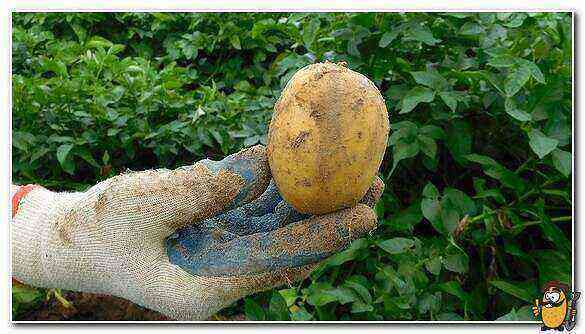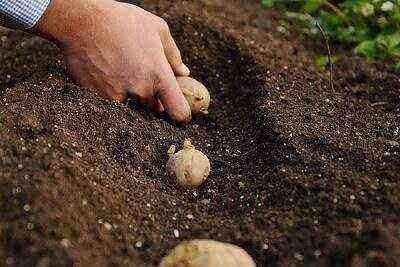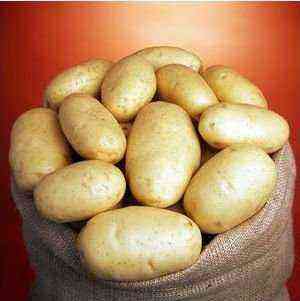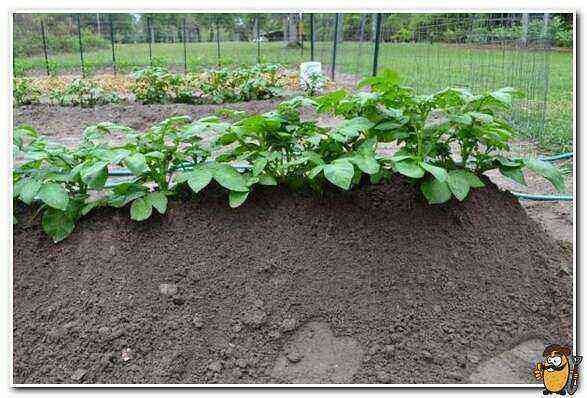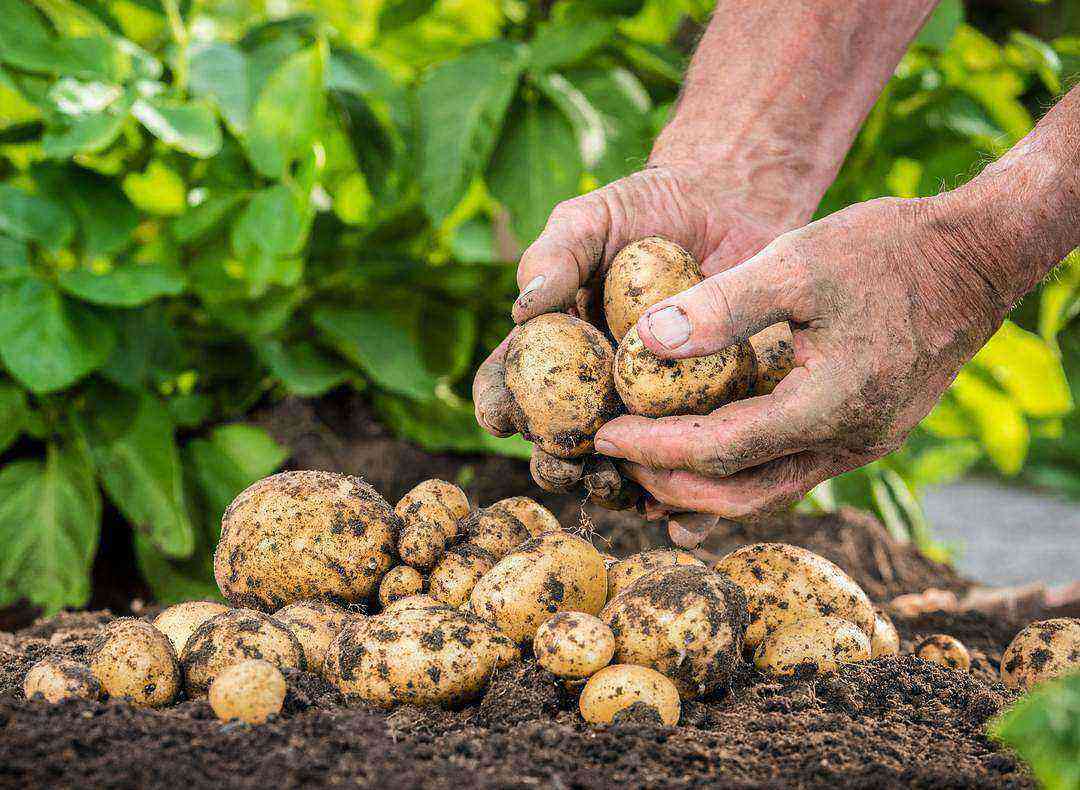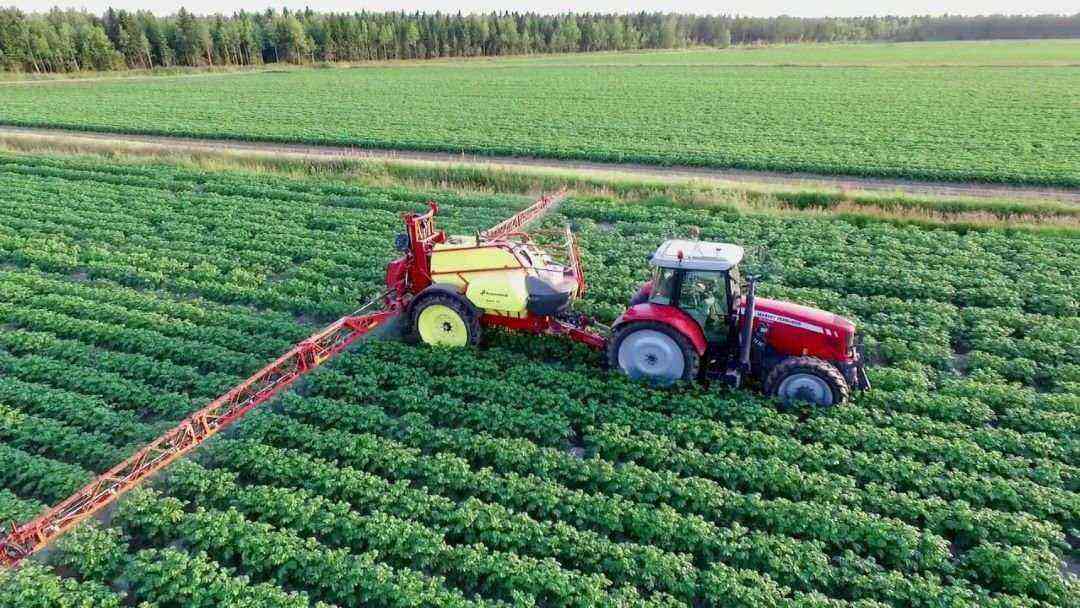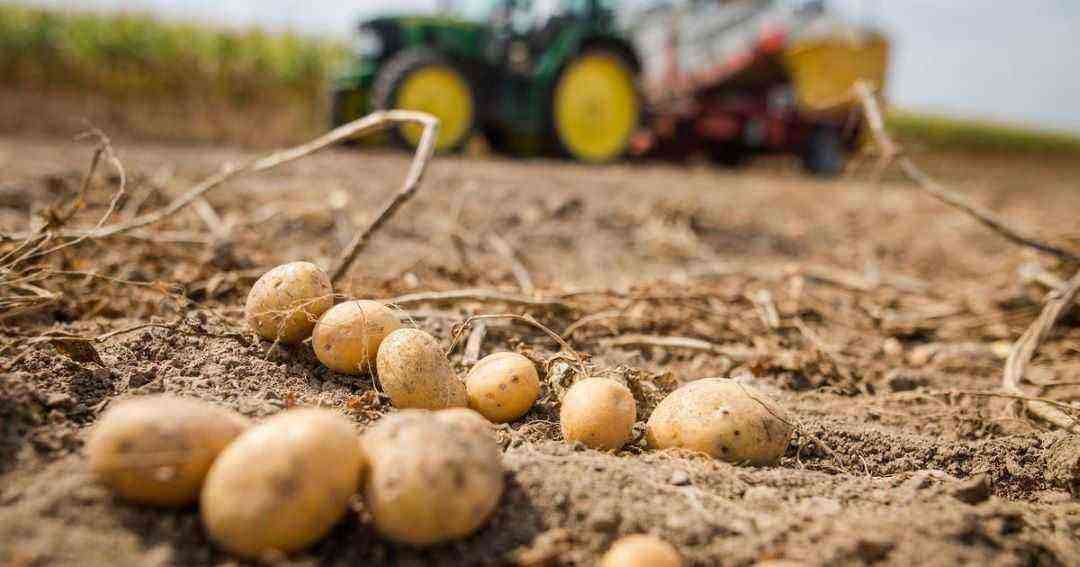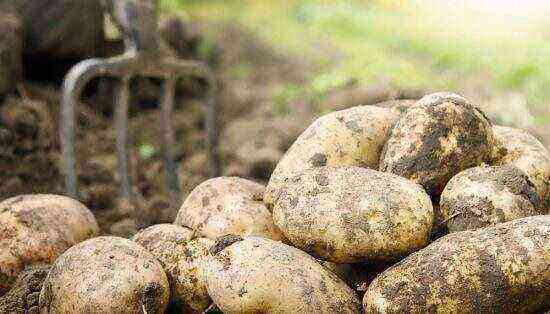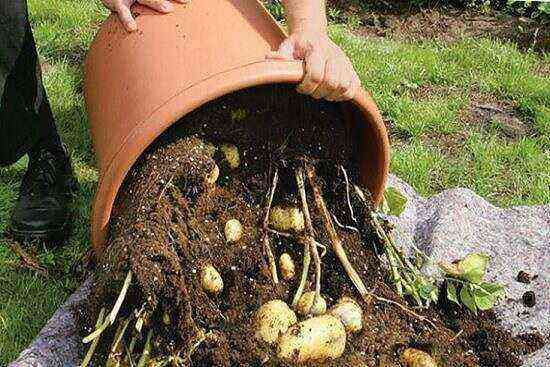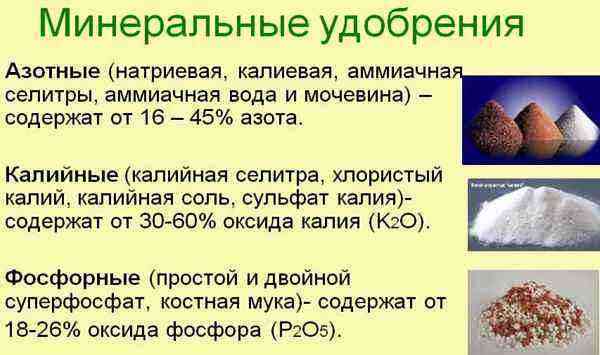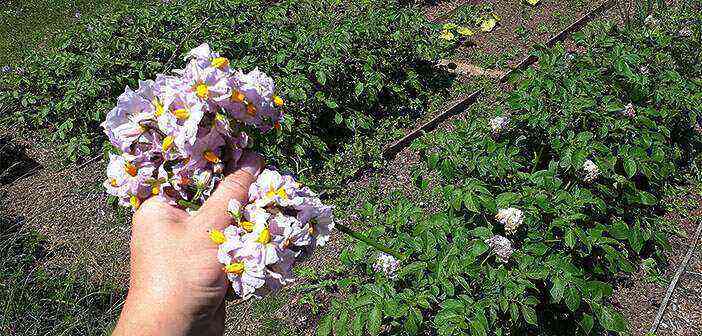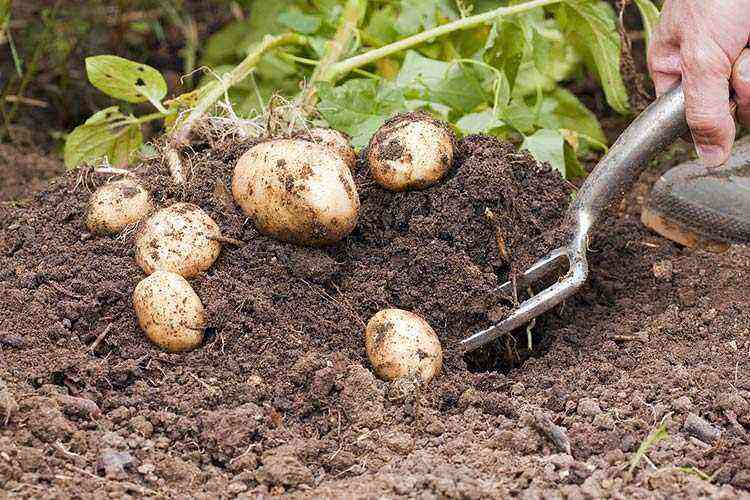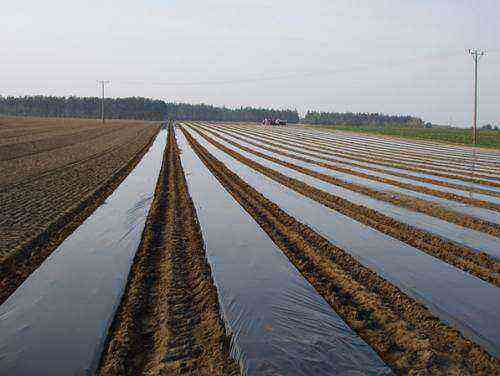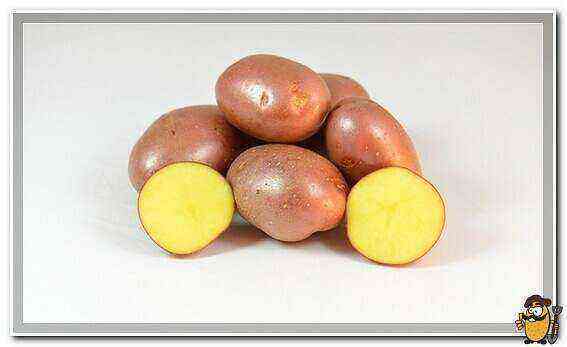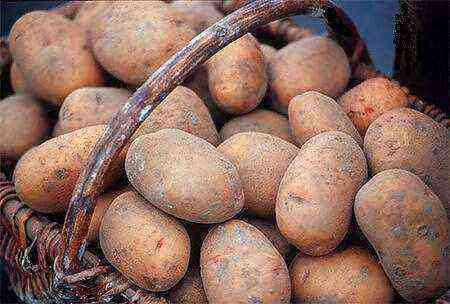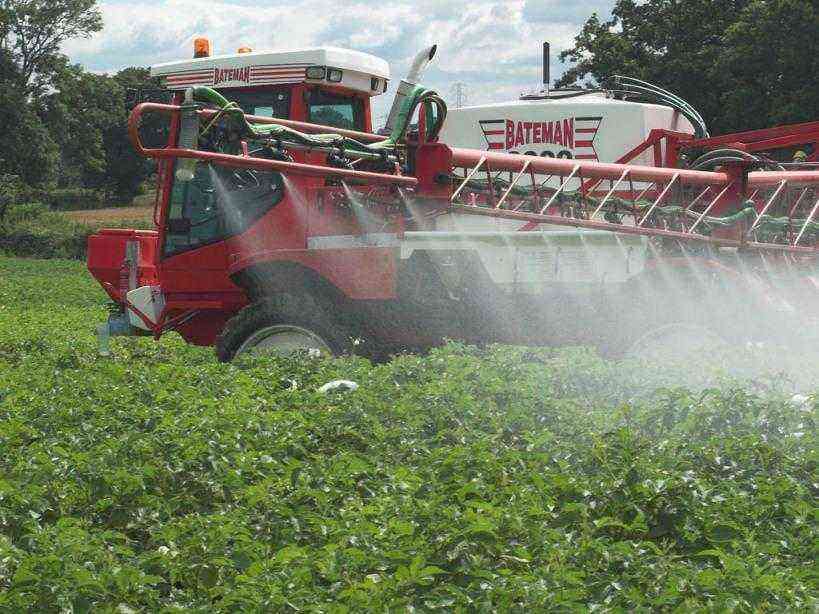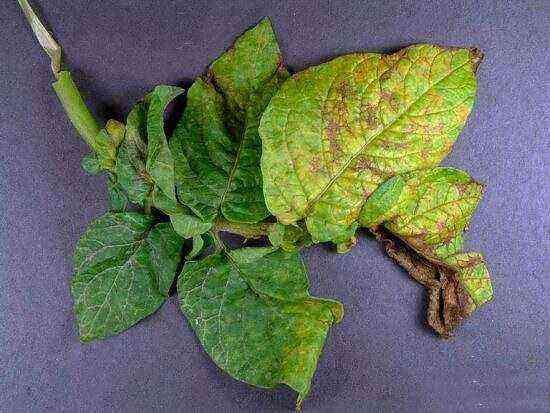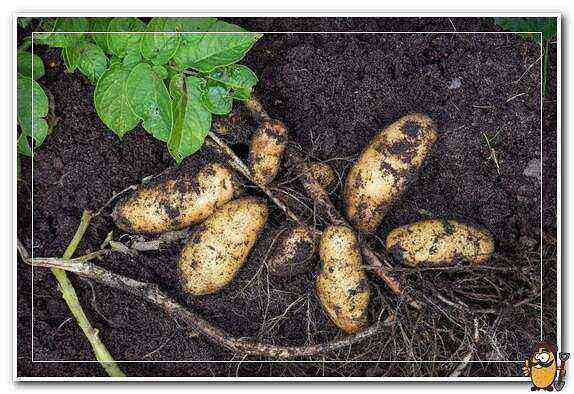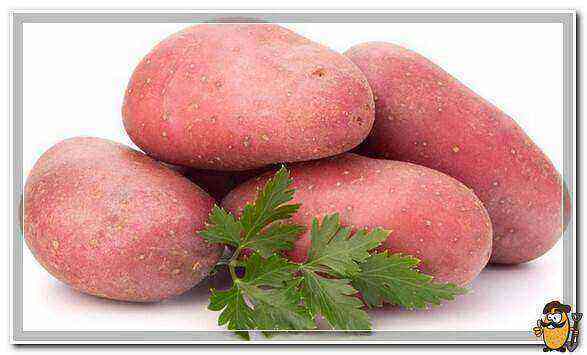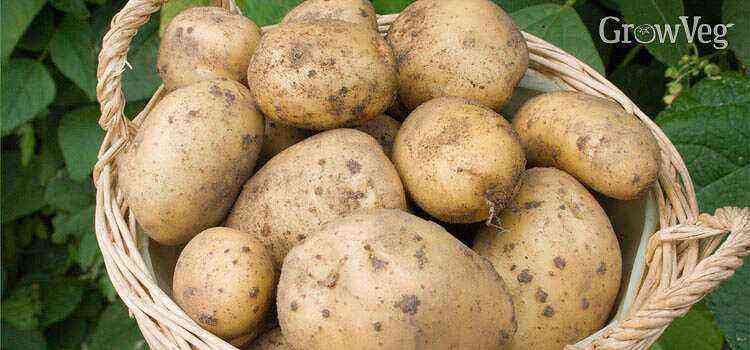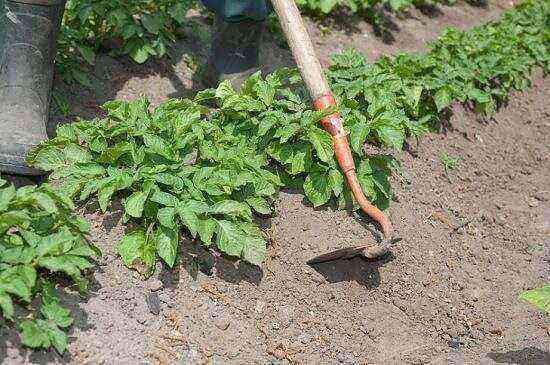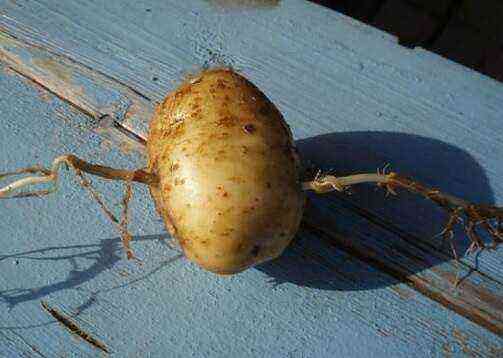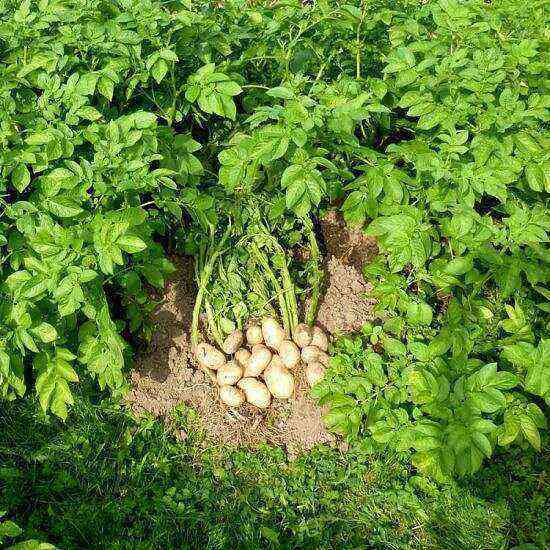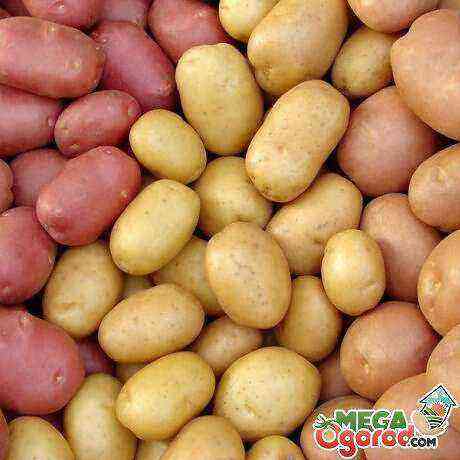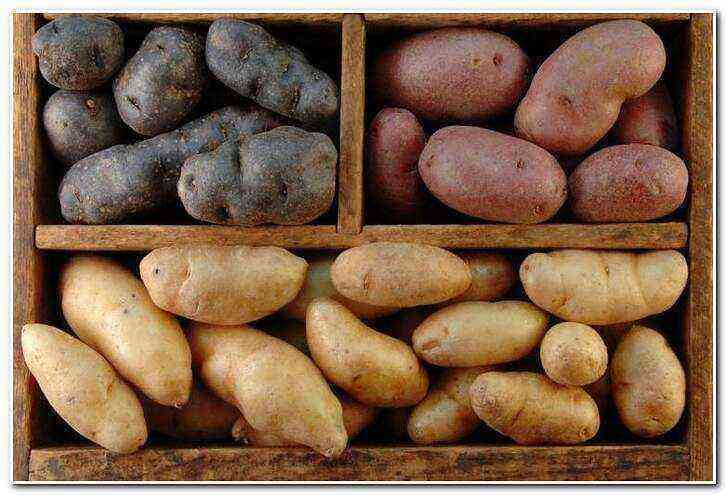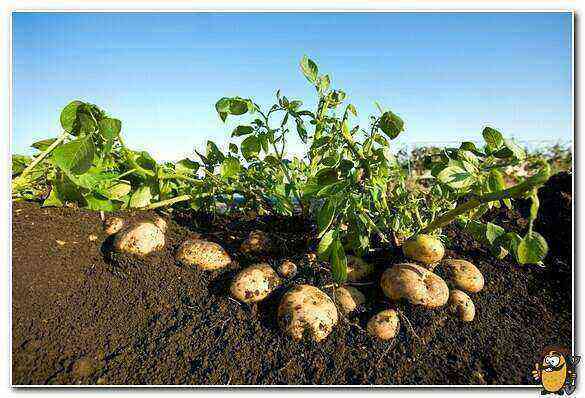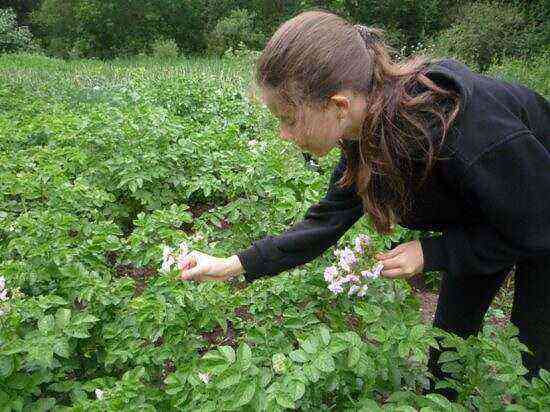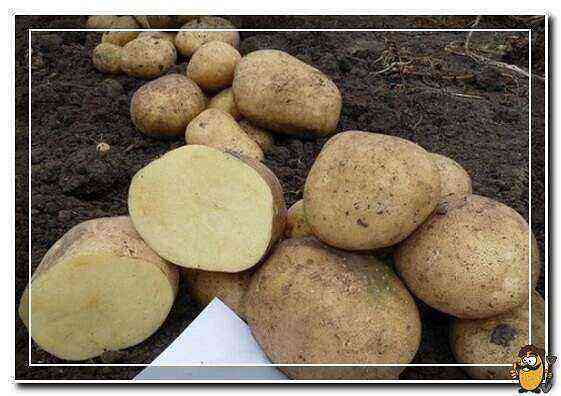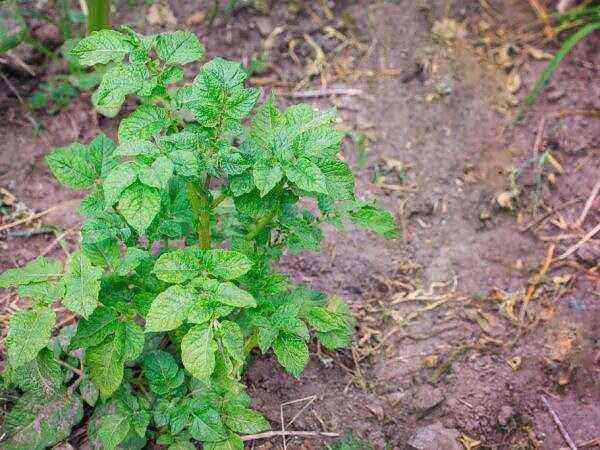The experience of scientific institutions and practice has established that high yields of potatoes depend not only on agricultural technology and fertilizers, but also on the storage conditions of seed tubers. The main task when storing seed potatoes is to prevent losses and not to reduce their sowing and yielding qualities.
Potato storage technology largely depends on the initial quality of the tubers, which is determined by the input and current tuber analysis.
The task of reducing potato yield losses can be solved only by using a complex system of organizational, technical, agrochemical and agrotechnical measures.
To increase the keeping quality of tubers, it is necessary to carry out protective measures during the growing season. To do this, during the harvesting period, a pre-harvest removal of the tops should be a mandatory operation.
Before the start of harvesting seed potatoes, the storage facilities are cleared of soil, debris and rotting tubers, and the ventilation ducts are checked. The room is dried and disinfected with a 1-2% solution of copper sulfate, 1% formalin solution or a solution of freshly slaked lime (2,5 kg per bucket of water). Disinfection is carried out on warm days.
Research by VNIIKH testifies to the effectiveness of autumn dressing of tubers with both chemical and biological preparations. When laying seed potatoes for storage, it is advisable to treat the tubers with various preparations
Depending on the technology of post-harvest processing and loading, seed tubers are processed either in the system of a stationary station KSP-25, or in a loader system, for example, TZK-30. With flow technology, tubers are processed on the sorting surface of the seed fraction, with the installation of a sprayer above it. In the case of direct-flow, they are processed in the refueling complex, in the case of loading seed potatoes harvested from seed plots or after separating the seed fraction at sorting points KSP-15, KSP-15V, as well as at stationary points. With small volumes of seed potatoes, the tubers are treated with a knapsack sprayer or small-sized household sprayers.
Bulk is the cheapest method, since potatoes are placed in bulk in a continuous layer in one room. However, it has significant drawbacks – the complexity of the placement of tubers by varieties, the impossibility of maintaining various temperature and humidity storage regimes in the case of placing potatoes for various purposes, the difficulty of preventing the germination of seed potato tubers in spring and during planting, especially in its final part. The maximum fill height for seed potatoes should not exceed 3 m.
If the height of the embankment exceeds the recommended, then the temperature inside the embankment will be increased, and a certain pressure will be created on the lower layer of potatoes, which will lead to the formation of spots on the tuber.
Bunker. First of all, it is intended for storage of seed potatoes and, especially, for seed farms growing various varieties and their reproduction. The disadvantage of this method is the reduction by 1/3 of the utilization factor of the useful area of the storage room, the inconvenience of loading tubers into the bins and their unloading, the difficulty of preventing premature germination of tubers during spring unloading during planting.
Sectional Potatoes are placed in fully insulated sections of various capacities. The most progressive storage method, since it allows differentiated maintenance of the appropriate temperature and humidity storage regime, depending on the purpose of potatoes – seed, food, intended for industrial processing.
Container way. The most expensive, since it is associated with the need to manufacture containers with a capacity of 450-500 kg (used in Russia) and 500-1000 and up to 5000-10000 kg (used in Western Europe), as well as the use of various loading and unloading means for moving containers, stacking them in stacks and unloading; mechanisms for their unloading.
The positive is high maneuverability (the ability to deliver potatoes to any point of the storage), simultaneous storage of various varieties and reproductions in one room, delivery of tubers to the room for warming up and commercial preparation, delivery in fractions back to the place of further storage after bulkhead and calibration, etc. ., a high degree of mechanization of work.
To minimize losses and maintain high consumer qualities of the seed, it is necessary not only to thoroughly prepare the tubers for long-term storage, but also to observe the temperature and humidity conditions corresponding to each storage period, which in modern technology provides for at least five: drying the tubers, the treatment period, the cooling period, the main period and the spring-summer period are the most difficult because of the beginning of germination of tubers
Potato seed tubers are living organisms and physiologically age over time. The speed of the aging process also depends on the storage conditions. By adjusting storage conditions, you can get physiologically young and physiologically old seed material.
It is believed that the optimum age for seed potatoes is 5 months from the time the seed tubers are harvested until they are planted in the soil. The most important factor influencing storage is temperature, to a lesser extent – humidity, air composition, and after the germination of eyes and light.
Seed potatoes should not be allowed to germinate in storage. Breaking off sprouted shoots when planting tubers causes more weaker stems to form on that plant. It was found that after the first break-off of the sprouts, the yield of potatoes left for planting decreases by 8-10%, after the second – 13-15% and the third – 20-25%.
The storage temperature is chosen depending on the purpose of the potato. Seed potatoes are stored at 2-4 ° C.
Regardless of the purpose, the relative humidity in the storage should be at the level of 90-95%. At elevated storage temperatures and seed potatoes in spring, losses, primarily from germination, depend on the duration of the dormant period – up to 6 months or more. This factor should be taken into account when choosing a temperature regime and shelf life. This indicator of the variety is absent in catalogs. Based on the research results, we have developed the following grades score: 9 points – up to 220-230 days; 8 – 210-220; 7 – 200-210; 6 – 190-200; 5 – 180-190; 4 – 170-180; 3 – 160-170; 2 – 150-160; less than 150 – 1 point. The duration of the dormant period does not depend on the ripeness group of the variety. For example, such early varieties as
Zhukovsky early, Luck, mid-early Romano have a rest period equal to 7-9 points, and, for example, mid-late Malinovka or late Lorkh – 1-3 points.
Control over the indicators of temperature and humidity in storage facilities is carried out:
During the treatment period – daily,
Post-treatment – once every two days,
During the main storage period – 2 times a week.
The measurements are taken at three different locations. Fluctuations in temperature in the storage facility are not more than ± 1,0C, in piles – ± 1,50C, relative humidity is ± 10%.
The quality of seed potatoes must meet the requirements of STB 1224-2000, “Seed Potatoes. Technical conditions “.
Potato storage technology largely depends on the original quality of the tubers. To preserve the high qualities of seed potatoes, it is necessary not only to thoroughly prepare the tubers for long-term storage, but also to observe the temperature and humidity regimes corresponding to each storage period, of which at least five are provided in modern technology. It was found that breaking off sprouted shoots when planting tubers reduces potato yield from 8-10% to 20-25%, depending on the number of times the sprouted eyes break off.

